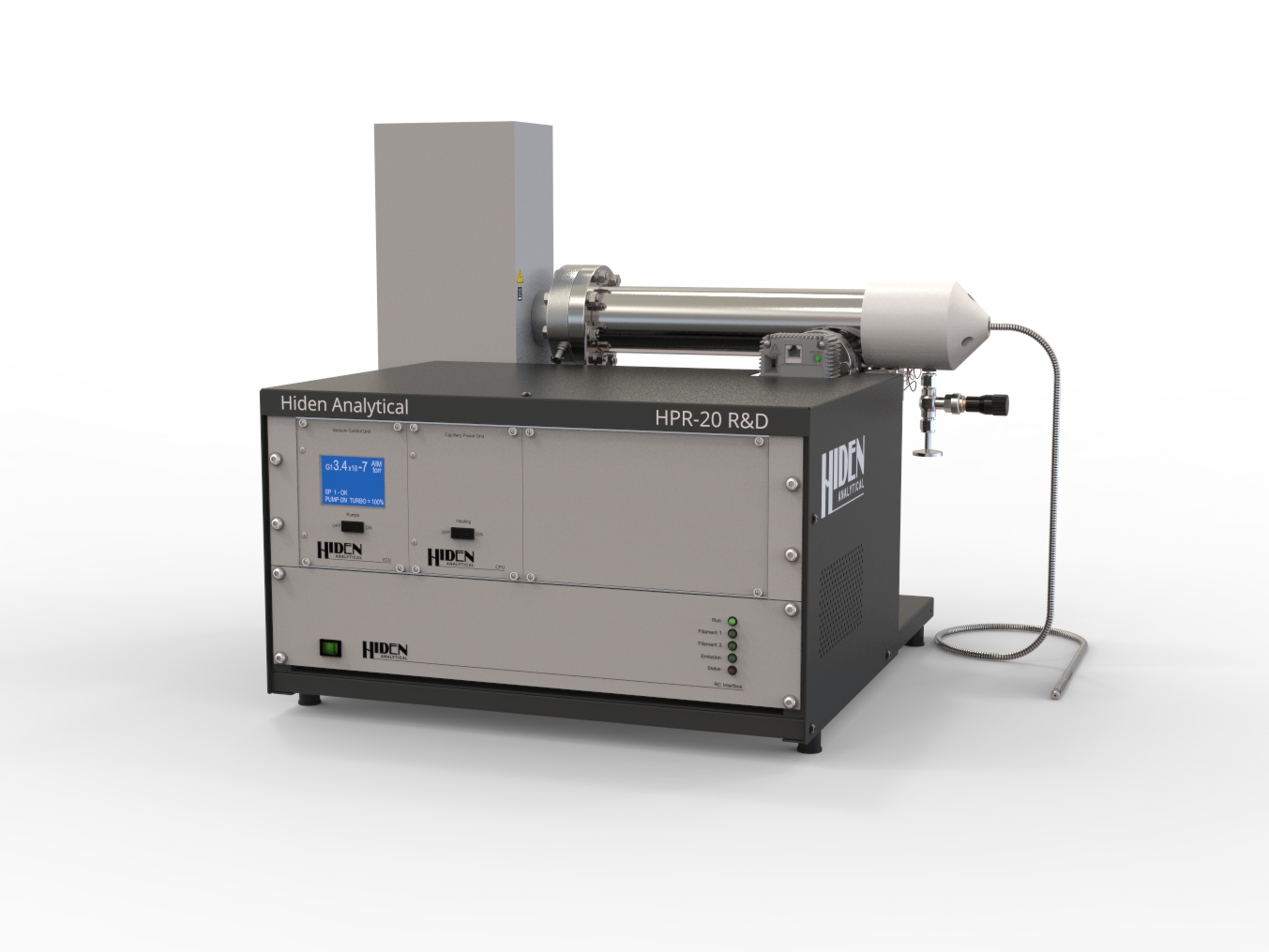Nitrous oxide is considered to be a greenhouse gas and a major contributor to the destruction of the ozone layer. Its decomposition into N2 and O2 is, therefore, an area of vital research in catalytic chemistry.
Cobalt spinels are the foundation for some of the most promising catalytic materials for direct N2O decomposition. Due to the high price of cobalt, the spinel phase should be dispersed on a low-cost support, for example, alumina extrudates.
This should be the case for the majority of practical applications.
Despite their high activity in terms of N2O decomposition, the performance of these catalysts is impaired by the presence of contaminants in the tail gases of nitric acid plants.
A recent paper presented a systematic evaluation of the inhibiting effects of each of these common contaminants (O2, H2O and NO) on N2O decomposition. This was done using fully optimized double doped (K, Zn) cobalt spinel catalysts that had been supported on α-Al2O3.
Catalysts were prepared in the laboratory, and pilot scales were developed to confirm the transferability of the proposed models on the scale extension.
To study the effects of O2, H2O and NO contaminants on the N2O conversion, a combination of Temperature Programmed Surface Reaction (TPSR) and intermittent isothermal catalytic measurements as a function of temperature and partial pressure were employed to evaluate all the reactants at a fixed contact time.
Tests were conducted using a quartz flow CSTR reactor and 0.2 g of a sieved fraction of the catalyst (0.2 – 0.3 mm). The reaction’s progress was monitored via a QMS detector (Hiden Analytical HPR-20).
 The Hiden HPR-20. Image Credit: Hiden Analytical
The Hiden HPR-20. Image Credit: Hiden Analytical
Kinetic and thermodynamic modeling was used to account for the impact of contamination, and it was noted that the proposed mechanism of inhibition involved local active site blocking and global modification of the spinel electronic properties by the electrophilic NOx adspecies.
Kinetic models for each contaminate were found to fit well with the acquired experimental data, verifying the mechanism of the contamination in question.
The most robust inhibition of NO was linked to its facile reactivity with oxygen intermediates produced in the initial step of the N2O decomposition.
Resulting bidentate NO2 and NO3 surface adducts were noted to remain at the catalyst surface up to 550 °C.
The effects of contamination for both the laboratory and pilot catalysts were found to be qualitatively identical, but the application of TEM imaging revealed that the observed quantitative differences could be traced back to a variation of the active phase faceting.
Reference
“Evaluation of the inhibiting effect of H2O, O2, and NO on the performance of laboratory and pilot K-ZnxCo3-xO4 catalysts supported on α-Al2O3 for low-temperature N2O decomposition” Applied Catalysis B: Environmental 297 (2021) 120435 https://doi.org/10.1016/j.apcatb.2021.120435
Acknowledgments
Produced from materials originally authored by Gabriela Grzybek and Zbigniew Sojka from the Faculty of Chemistry, Jagiellonian University, Kraków, Poland.

This information has been sourced, reviewed and adapted from materials provided by Hiden Analytical.
For more information on this source, please visit Hiden Analytical.